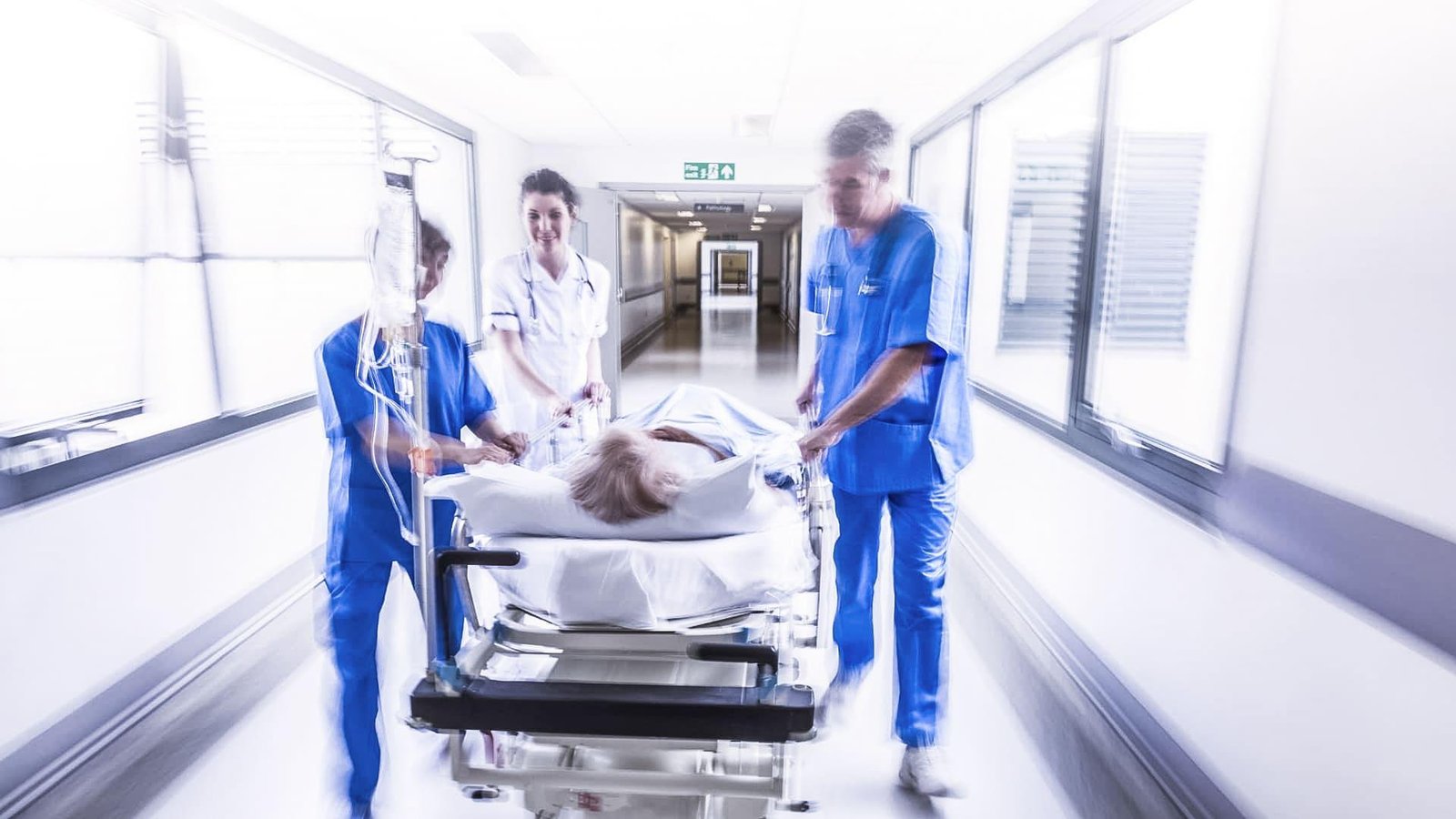
Orthopedic trauma is the term for wounds you receive as a result of collisions like falls or auto accidents. Although orthopedic trauma frequently results in considerable musculoskeletal system injury, it is not necessarily life-threatening. Your body can mend improperly and hinder your strength and mobility if you don’t get treatment. The earlier you can start therapy, as with any sickness, the better; this is why trauma medicine exists.
Continue reading to find out more about this area of medicine!
The Origin Of Trauma Medicine
There has long been a need for trauma care. Due to the rise in auto accidents and comparable situations, it has only lately been acknowledged as a medical specialty. As the field has developed, trauma medicine is now provided by numerous orthopaedic clinics.
What Is A Trauma Medicine Doctor?
Trauma medicine is the area of expertise of an orthopaedic trauma doctor. Their objective is to give a trauma patient the urgent emergency care they require to guarantee a safe and healthy recovery. Trauma surgery can be performed by some orthopaedic trauma physicians, particularly for blunt-force injuries.
What Does Trauma Medicine Address?
One of the more frequent issues that trauma medicine deals with is automobile accidents. Trauma medicine, however, is applicable to all trauma injuries, not simply those brought on by accidents. Trauma injuries may arise from:
- Car crashes
- Falls
- Overuse injuries
- Sports injuries
- Injuries from bone weakening diseases, like osteoporosis
- Assault or gunshot wounds
- Natural disasters
Because of the nature of these causes, trauma centres and emergency rooms frequently have surgeons and medical professionals that specialise in trauma care.
Types of Trauma Medicine Treatments
Orthopedic trauma can range in severity, just like any other injury. For small injuries, first aid and conservative treatments might be adequate, while surgery is necessary for more serious wounds.
Non-Surgical Trauma Medicine
Minor fractures, bone dislocations, or the majority of injuries caused by falls at home are the types of injuries that non-surgical trauma medicine may treat. Braces, casts, and splints are frequently used as non-surgical treatments. These procedures are known as external fixation because they affix your shattered bones to the outside of your body.
Surgery
Surgery is probably necessary if your body has sustained significant damage. In severe fracture cases, the bones either break through the skin or suffer an injury where the bones are evident. Trauma surgery is necessary if you run the risk of permanent harm, impairment, or even death.
An even more extreme kind of fixation, known as internal fixation, is used during several surgical procedures. Internal fixation describes the process by which a trauma surgeon sets and stabilises your fractured bones during surgery using objects like wires, screws, or plates within your body. You could require extra therapy, such as bone grafting or limb lengthening, in extremely severe cases.
Trauma surgery is necessary when you experience serious tissue trauma in addition to fractured bones. An assault may cause severe harm, such as stab or bullet wounds. Debris entering your body during a car accident or natural disaster could also cause significant tissue injury.
Trauma surgeons will need to operate in this situation to remove any foreign objects from your body. They will need to try to fix any harm done to your inside organs after they have securely removed all of it. They will then clean, sanitise, and stitch up any wounds you may have.
Recovery From Orthopedic Trauma Injuries
Your body will still need time to heal, thus trauma medicine doesn’t end with the first aid. In order to guarantee that your bones and tissues heal properly, your treatment will often be followed by a recovery or rehabilitation phase. Depending on where and how severe your injury was, this recuperation time could last weeks or even months. Even after receiving treatment, you can still feel some pain. You could not fully recover in certain extreme situations and require long-term management.
You might need to have surgery to repair your bones if they don’t heal properly after treatment.
What To Expect From A Trauma Medicine Service
A trauma doctor will assess your injury to ascertain its severity, the body components that were damaged, and other pertinent information. Particularly in the case of severe trauma, this diagnosis must be made rapidly.
A trauma physician will need to execute a procedure known as triage in circumstances involving numerous persons. A doctor will give patients who are in immediate danger of losing their lives and require medical attention priority during triage over others who have less serious wounds. To ensure that a doctor can save as many lives as possible, a complicated method called triage is used.
- Tags:
- Trauma Medicine

